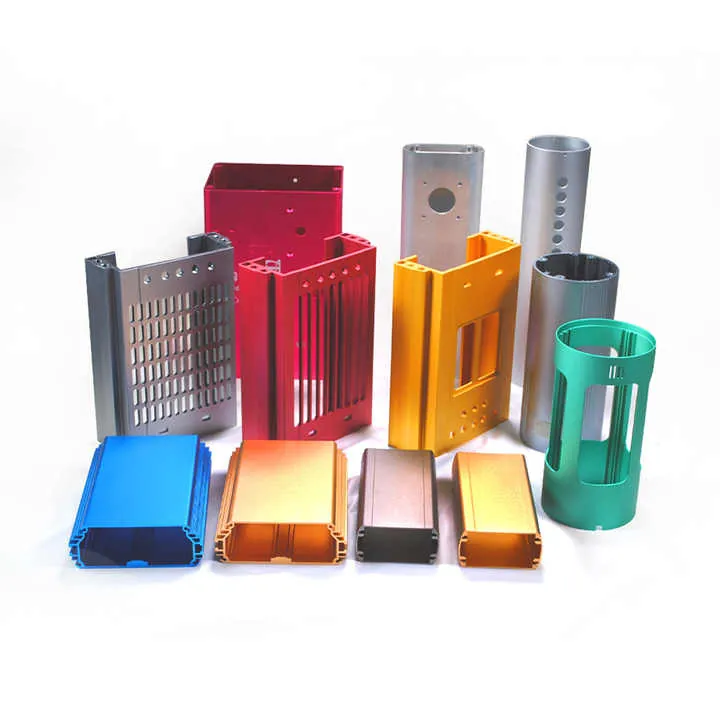Are Extruded Aluminum Decking Planks Non-Skid?

Outdoor decking can get slippery. You want safety and durability—without sacrificing looks. So how does aluminum measure up?
Extruded aluminum decking planks can be non-skid, but their slip resistance depends on surface texture, coating, and maintenance.
Let’s break down the factors that influence grip and how to ensure long-term safety underfoot.
What Textures Ensure Slip Resistance?
Extruded aluminum is smooth by default—but manufacturers can build in anti-slip features.
Slip resistance comes from surface ribs, textured coatings, and special finishes added during or after extrusion.

Common Slip-Resistant Textures
| Texture Type | Description | Benefits |
|---|---|---|
| Ribbed Profiles | Raised ridges in extrusion design | Water drainage, extra traction |
| Sanded Powder Coating | Grit embedded in powder paint | Durable and high-friction |
| Polyurethane Aggregate | Applied coating with sharp particles | Ideal for marine/bridge decks |
| Anodized Textures | Blasted or brushed anodizing | Rust-proof with subtle roughness |
In wet areas or where ADA compliance is needed, combining ribbed geometry with a coated texture gives the best result.
Grooved or ribbed aluminum planks improve slip resistance.True
Surface geometry helps water run off and gives shoes more grip.
Mill finish aluminum offers good slip resistance when wet.False
Unfinished aluminum is very slippery, especially when wet.
What Tests Measure Plank Skid Rating?
To prove anti-slip performance, aluminum decking must pass specific tests.
Common methods include pendulum tests, ramp angle tests, and tribometer measurements under wet conditions.

Key Slip Resistance Tests
| Test Standard | Method Type | Key Output Metric |
|---|---|---|
| PTV (Pendulum Test) | Dynamic friction | PTV >?36 = low slip risk |
| DIN 51130 Ramp Test | Inclined platform | R9–R13 rating scale |
| ANSI A326.3 | Tribometer (BOT) | DCOF ≥?0.42 recommended |
| SSR (Sustainable Slip) | After abrasion test | Measures wear over time |
For public decks or walkways, expect PTV above 36 or an R10–R12 classification. These numbers reflect real-world wet traction.
Which Standards Apply to Outdoor Decking?
Outdoor flooring and elevated decks must meet national safety standards for slip resistance.
Most countries rely on ASTM, DIN, or ANSI standards to classify aluminum decking’s anti-slip safety.

Outdoor Decking Standards
| Region / Authority | Applicable Standard | Description |
|---|---|---|
| US (ANSI) | ANSI A326.3 | DCOF for flooring under wet conditions |
| Europe (Germany) | DIN 51130 | R-rating ramp angle test |
| Australia/New Zealand | AS 4586 / AS 4663 | PTV + oil-wet ramp (R-rating) |
| UK | BS EN 16165 | Pendulum test + surface classification |
| ASTM International | ASTM E303 | US/UK compatible pendulum test method |
If you’re building near pools, bridges, or marine docks, higher slip ratings are required by law.
How to Maintain Non-Skid Performance Over Time?
Even the best anti-slip surfaces can wear out. You’ll need a plan to keep things safe long term.
Regular cleaning, inspection, and re-coating keep aluminum planks slip-resistant for years.

Maintenance Checklist
| Task | Frequency | Purpose |
|---|---|---|
| Clean with mild detergent | Monthly | Remove dirt, algae, oils |
| Inspect coating wear | Quarterly | Check for grit loss or polishing |
| Recoat with texture layer | Every 1–3 yrs | Restore slip texture and protection |
| Ice/snow control | As needed | Use soft-edge melts, avoid sharp tools |
| Retest surface grip | Every 6–12 mos | Confirm compliance with slip standards |
Avoid harsh chemicals that degrade coatings. Stick with mild cleansers, soft brushes, and water pressure below 1500?psi.
Cleaning aluminum decking helps maintain slip resistance.True
Removing buildup like algae and grime keeps the textured surface effective.
You don’t need to recoat aluminum decking once it’s installed.False
Traffic and weather wear down textures, so recoating is needed to restore grip.
Conclusion
Extruded aluminum decking can be highly slip-resistant—if it’s textured and maintained right.
Built-in ribs and anti-slip coatings enhance safety, especially in wet or public areas.
Use certified testing to confirm traction, follow recognized standards, and keep the surface clean and refreshed to ensure long-term safety.



